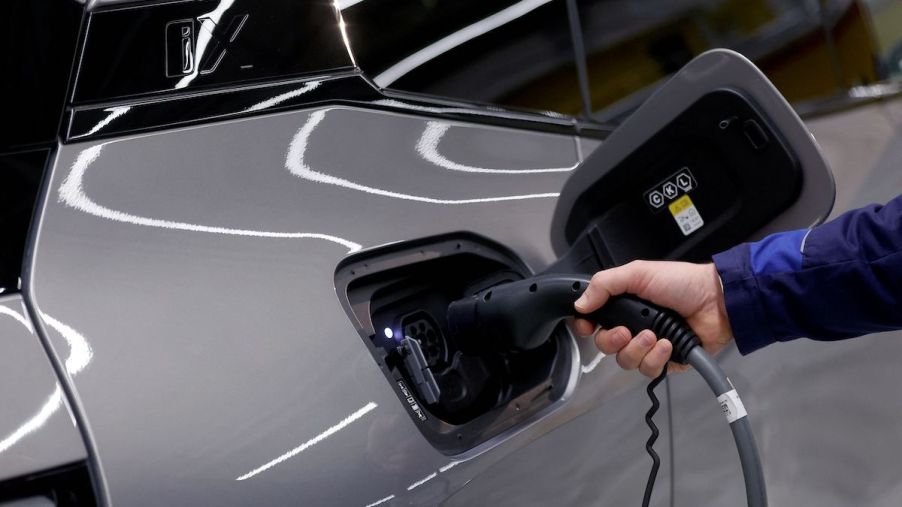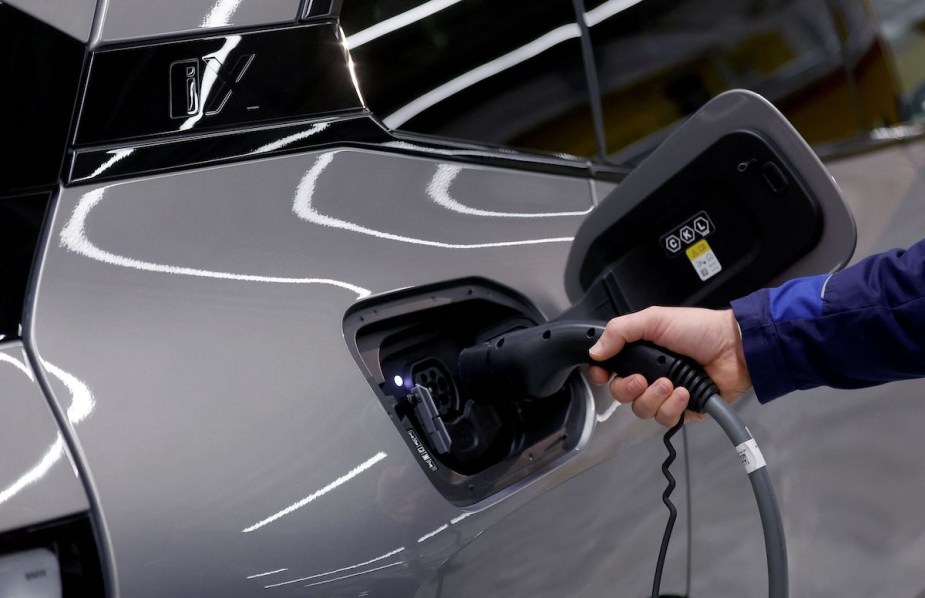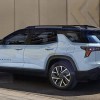
How to Find the Best Public EV Chargers That’s Right for Your Electric Car
One of the most significant sources of stress regarded EV ownership is “range anxiety.” EVs only have so much range, which can deplete faster in certain conditions. Fortunately, almost every EV comes with a standard Level 1 charger that you can plug into a standard electrical outlet. So, how can you find the best public chargers for your particular needs?
You can also install a Level 2 charging station in your home, though these can be quite expensive. A more manageable (and potentially quicker) solution to recharge your EV at a public charging station. Here’s how you can find charging stations in your area and some charging etiquette tips.
Charging issues you might experience

The charging station experience is similar to fueling up an ICE car at the gas pump. J.D. Power advises drivers to be courteous and not keep their vehicles charging for extended periods. If you know that you only need 30 miles to get home, there’s no reason to recharge the battery completely.
If you’re making a pit stop in the convenience store, move your EV away from the charging station beforehand. This opens up your spot so another driver can begin charging their EV. Additionally, you should always put the charging cord back in its holder when you’re ready to leave the charging spot.
Don’t get frustrated if your EV won’t charge when connected to the charging station. It’s probably an issue with the charging station that needs to be reported. Look for a customer service phone number on the charger, or visit the provider’s website to report problems.
Like a gas pump, the readers at charging stations sometimes have problems accepting credit cards. Also, look at the charging station’s comments on Google before you visit. This is an excellent way to discover if the charging station is currently broken or no longer in service.
Locating the best public EV chargers
Most charging stations are in networks operated by EVgo and Electrify America. Both providers have apps you can download to locate nearby charging stations and even reserve your spot for charging in advance. The apps also tell you the station’s cost of electricity, whether a charger is currently occupied, and estimated wait times.
Some EVs also have charger-locating functions built into the navigation system. Some apps can help you plan the most efficient driving route based on your current charge level and available charging stations nearby.
There are two types of public charging stations, and the Level 2 chargers are the cheapest. However, you may have to occupy yourself for a while before you can drive home. According to NeoCharge, these charging stations only supply up to 30 miles of range per hour.
DC fast-charging stations require you to wait a half-hour to get your EV’s battery up to 80%. These stations cost more money to use, but the price per kWh will still be lower than the cost of gasoline.
Additionally, you can mitigate the fast-charging cost by enrolling in a charging plan offered by EV charging providers. Just be aware that most of them charge an idling fee if you leave your EV plugged in on a full battery.
How to pay at the charging station
The simplest way to pay for EV charging is using the available credit card reader. You can also pay through an electricity provider’s app if it’s not working.
If you have an EV that facilitates Plug and Charge, all you have to do is plug in your EV. Your credit card on file will automatically be charged once you start refueling.
For certain vehicles, like select Tesla models, EV charging is free. Some new EVs also come with complementary charging for the first few years after purchase.


